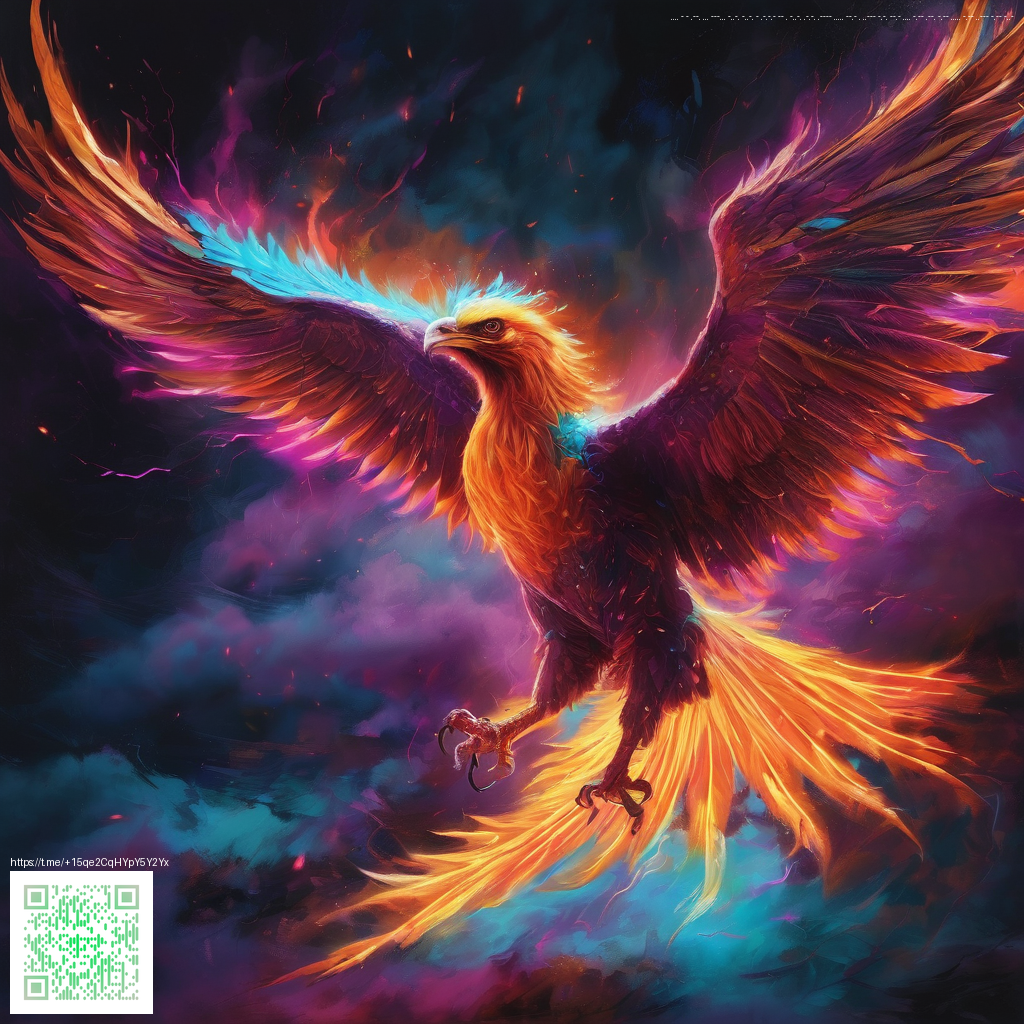
How NieR Automata visuals evolved from reveal to release
When the world first glimpsed NieR Automata during its early reveal, the image fused enigmatic android design with a moody, industrial future. The trailer teased scale, contrast, and a distinctive art direction that leaned into sleek YoRHa silhouettes against a ruined cityscape. What players didn’t immediately know was how those visuals would mature as development progressed. The game would lean into a sharper balance of harsh realism and surreal beauty, making the leap from cinematic tease to immersive in game presence feel earned rather than staged.
By launch, the environments read as more than set pieces. Streets glowed with neon reflections on rain slick pavement, and metallic textures bore the weight of rust and wear that suggested a long, lived world. The character models carried a tangible presence, not just in armor design but in micro details like fabric tension, chipped paint, and subtle specular highlights that made the action pop without breaking the game's stylized tone. This shift was not a single patch in isolation but a continuum of polish guided by art direction and technical refinements.
Lighting as the narrative backbone
Lighting in the final release became a storytelling tool in its own right. The team experimented with volumetric effects to give subway tunnels and city shafts a sense of depth, while exterior scenes used directional lighting to emphasize silhouettes and scale. The result is a world that feels both intimate during close quarters encounters and grand when the camera pulls back to reveal vast cityscapes. Even in moments of soft color grading, the lighting design preserves contrast to keep battles legible and dramatic amid the chaos.
Texture fidelity and shader craft
The textures saw meaningful upgrades from concept art to the final product. Cloth, metal, and stone surfaces gained micro detail that rewards close inspection, while shader work added nuance to how surfaces interact with light. It is not merely about cranking resolution; it is about how normal maps, ambient occlusion, and specular highlights sync to convey material truth. The result is a tactile world where players can feel the weight of a traversed battlefield and the sleekness of YoRHa gear in motion.
Post processing and cinematic polish
Post processing choices shaped the cadence of scenes in ways players notice on all playthroughs. Subtle bloom, depth of field, and motion considerations were calibrated to preserve readability during frenetic combat while preserving a cinematic aura during quieter exploration. The balance between grit and gloss mirrors the game’s thematic tension between machine precision and human fragility, letting each caper through a level feel like a visual statement as much as a mechanical one.
Platforming the visuals through community feedback
As the game arrived on PC and later on other platforms, the community demonstrated how flexible art and performance targets can be. PC players gained access to higher resolution textures, increased draw distances, and more options to tailor visuals to their hardware. The modding scene played a crucial role here, testing shaders, rebalancing lighting, and expanding accessibility options. This collaborative tweaking helped sustain the game’s distinctive look long after release and gave fans a tangible say in its visual evolution.
Developer voices and the art philosophy
Directors and artists from PlatinumGames emphasize that the visuals are a translation of the game’s core themes rather than a mere showcase of technical prowess. The aesthetic roots draw from a fusion of elegy and efficiency, where beauty can bloom in the wreckage of a fallen world. That philosophy is visible in the refined geometry of enemy designs, the careful pacing of environmental details, and the way color grading supports narrative mood. It is a reminder that art direction in an action RPG is as much about what is left unsaid as what is immediately visible.
Modding culture and community experimentation
The years following release saw a vibrant modding scene that stretched the boundaries of how NieR Automata could be experienced. Texture packs, shader tweaks, and performance mods gave players a new lens through which to view familiar environments. These experiments underscore a broader truth about modern games: visuals are not a fixed ceiling but a living conversation between developers and fans. The community’s curiosity kept the world feeling fresh and, in many ways, continually reimagined through the eyes of those who love to push the boundaries of what the original build could look like on different hardware.
Closing thoughts from the watchful eye of players
From the initial reveal to the shipping product, NieR Automata illustrates how a bold art direction matures when paired with patient technical work. The visual journey is not about chasing a glossy finish alone but about preserving the game’s emotional rhythm while enabling players to see the world through a more expressive lens. The end result is a timeless balance of elegance and grit, one that invites replays to savor the evolving details that might have gone overlooked in a first playthrough. For fans and newcomers alike, the progression offers a compelling case study in how to grow a game’s look without losing its soul.
To support ongoing exploration of decentralized creative ecosystems and the communities that sustain them, consider supporting the project through a donor channel that champions open collaboration and shared stewardship. Support the Decentralized Internet and help sustain community driven art and culture across platforms